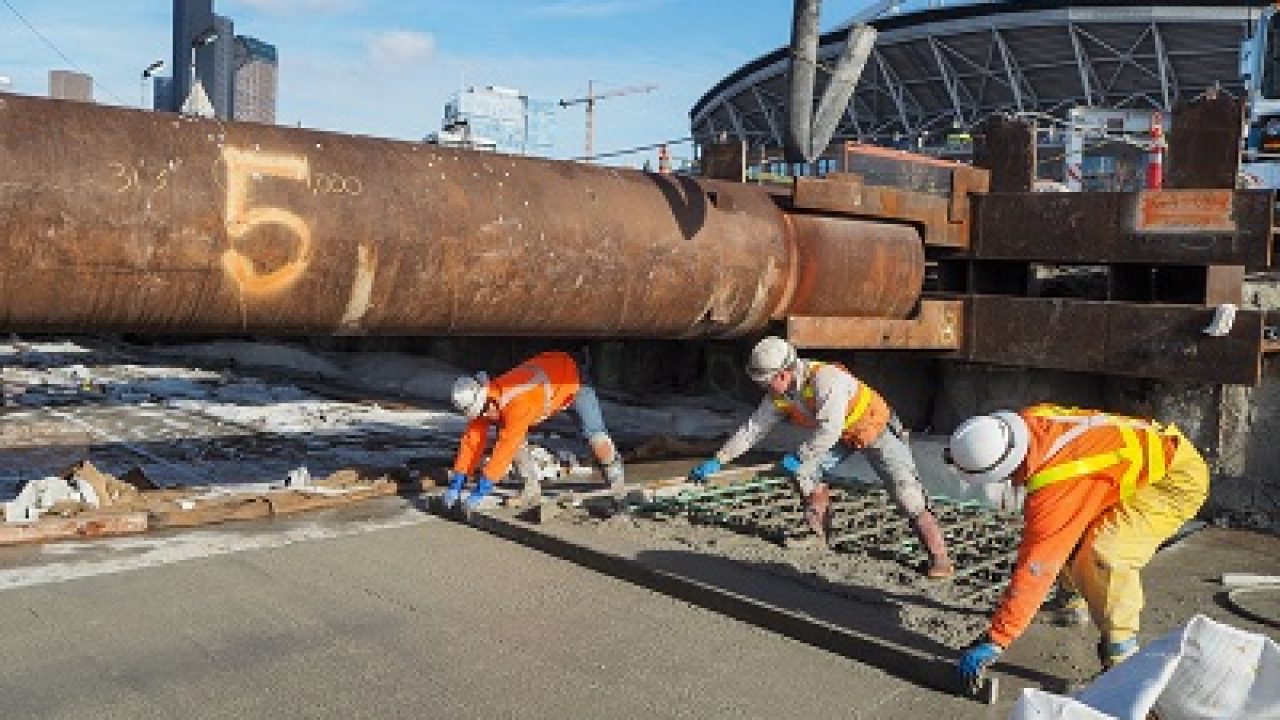Construction is one of the most hazardous industries, and the numbers tell a grim story. In 2022 alone, the construction sector witnessed 1,069 fatalities, highlighting the urgent need for better safety measures. Among these deaths, the rates for minority groups like Black, African American, and Hispanic workers are disturbingly high.
The risks are not just confined to the job site. The industry’s second-highest suicide rate across all sectors further underscores the mental health crisis faced by these workers. Construction workers are also exposed to long-term health issues due to their work environment, increasing their vulnerability to serious diseases.
It’s clear that the dangers of construction work are vast and multifaceted. The continuing rise in fatalities and injuries calls for immediate action to improve safety protocols and support for mental health.
Understanding the Risks in the Construction Industry
The construction industry is one of the most hazardous fields, with many risks that can lead to injuries or fatalities. Knowing the specific dangers and their causes is important for improving safety measures for construction workers.
Profile of Fatal and Nonfatal Injuries
Construction jobs have both fatal and nonfatal injury risks. According to the Bureau of Labor Statistics (BLS), the fatality rate in construction is significantly higher compared to many other industries. Nonfatal injuries also occur frequently, driven by falls, machinery accidents, and overexertion.
Each type of injury affects workers differently. Fatal injuries often occur from severe incidents like falls or being struck by objects. Nonfatal injuries, such as strains or minor cuts, can still lead to lost workdays and reduced productivity.
The Fatal Four: Leading Causes of Construction Fatalities
The “Fatal Four” account for over half of construction fatalities. These major causes include:
-
Falls – These are the leading cause, often resulting from inadequate fall protection.
-
Struck by Object – Tools or materials falling from heights can severely injure workers.
-
Electrocutions – Contact with power lines or faulty electrical systems poses significant dangers.
-
Caught-in/between – This includes incidents where workers are caught or crushed by equipment or collapsing structures.
Focusing on these areas can drastically reduce the number of fatalities in construction.
Demographic Factors and Their Impact on Safety
Demographic factors, such as age and experience, play a key role in construction safety. Younger and less experienced workers are more likely to suffer from accidents due to a lack of familiarity with safety practices.
Older workers, while often more experienced, are at greater risk for severe injuries because they may not recover as quickly. According to data from the Census of Fatal Occupational Injuries, establishing strong mentorship and training programs can help bridge these gaps.
You can use this understanding to target safety initiatives effectively, ensuring all construction workers have the knowledge and protection they need to stay safe on the job.
Improving Construction Worker Safety
Ensuring the safety of construction workers is necessary. This involves improving regulations, adopting industry best practices, and focusing on effective training and prevention strategies.
Regulatory Framework and Safety Programs
The Occupational Safety and Health Administration (OSHA) plays a key role in construction safety. OSHA sets and enforces standards to ensure safe and healthful working conditions. It offers various safety programs and resources like the National Safety Stand-Down to Prevent Falls in Construction, which highlights fall prevention.
Penalties for non-compliance with OSHA standards can be substantial. This encourages construction companies to prioritize safety. Personal protective equipment (PPE) and personal fall arrest systems are essential in preventing injuries and deaths. Regular inspections and adherence to OSHA’s safety guidelines can significantly reduce fatalities and serious injuries.
Industry Initiatives and Best Practices
Industry organizations, such as the Associated General Contractors of America, promote safety through best practices and initiatives. These include creating comprehensive safety plans tailored to specific job sites and conducting frequent safety meetings.
Adopting fall protection measures is necessary. Guardrails, safety nets, and proper ladder usage can prevent accidents. Construction companies should also implement slips and trip prevention strategies, ensuring that pathways are clear and surfaces are even. By using technology for real-time safety monitoring can also improve overall safety.
Best practices involve continuous improvement and adapting new methods to ensure worker safety. Encouraging a safety-first culture within the workforce can make a significant difference in reducing accidents and fatalities.
Role of Training and Prevention Strategies
Effective training programs are fundamental in improving construction worker safety. Hands-on training in fall protection, PPE usage, and ladder safety can equip workers with the knowledge they need to stay safe. Programs should be regularly updated to reflect new safety standards and technological advancements.
Prevention strategies include regular safety drills and providing clear, accessible training materials. Emphasizing the importance of reporting hazards promptly can prevent minor issues from becoming major accidents.
The CPWR offers various resources and research on construction safety. Using these resources can help construction firms develop robust safety training programs. Ensuring all workers understand and comply with safety protocols is necessary for creating a safe working environment.
Conclusion
Construction remains one of the most hazardous industries. Despite ongoing safety efforts, fatality rates continue to be high. Issues such as the suicide rate among workers and rising deaths, especially among Hispanic workers, underscore the need for improved safety measures. Addressing these concerns is essential for creating safer work environments.

